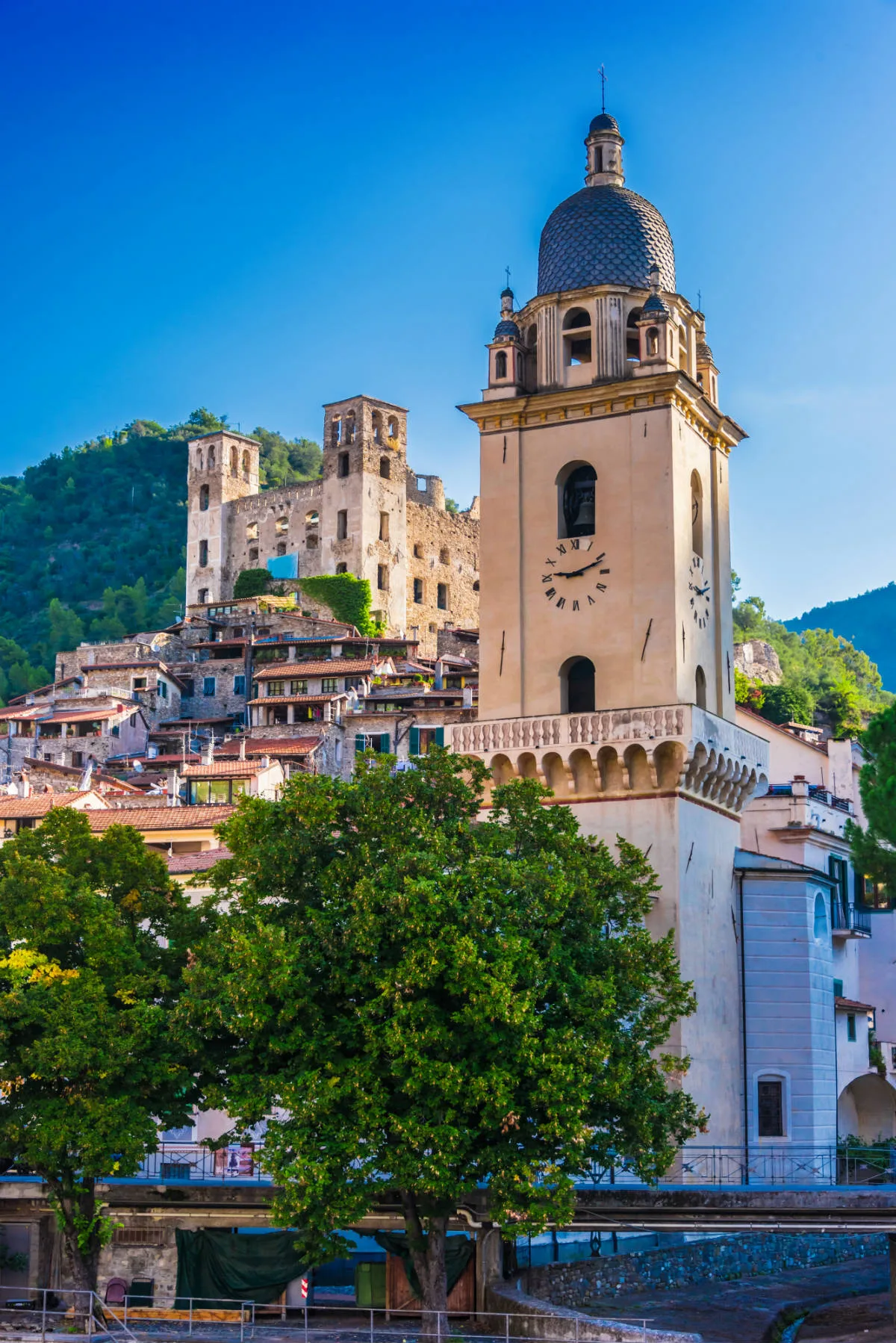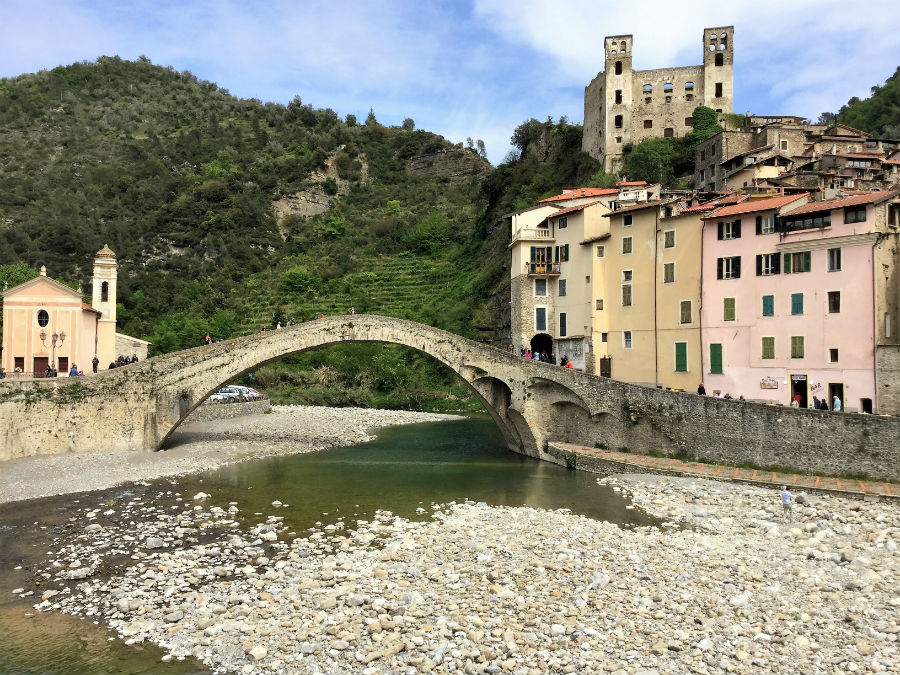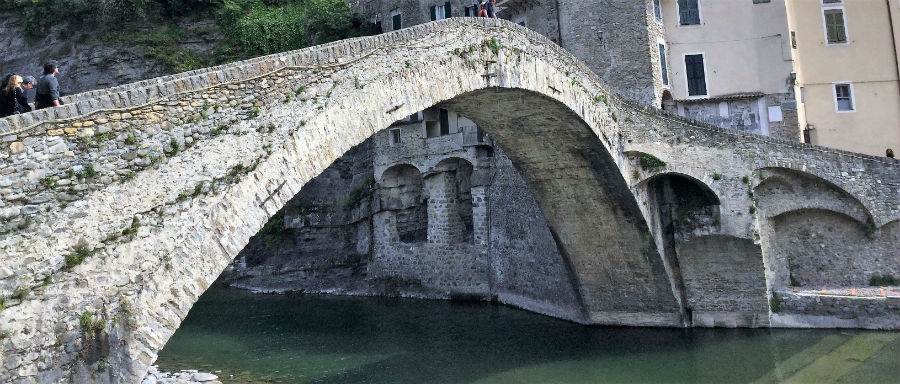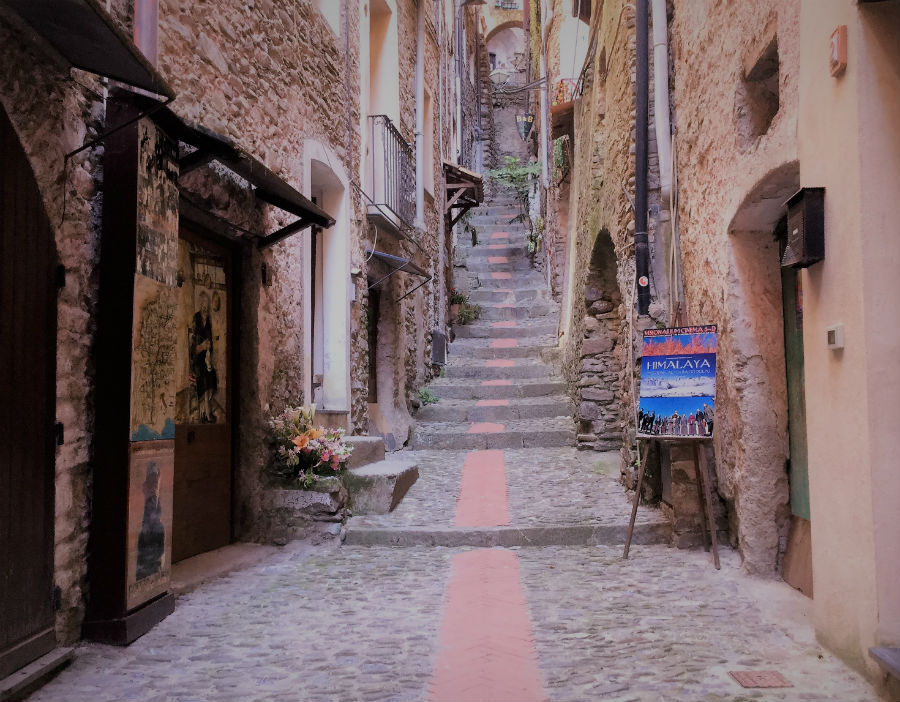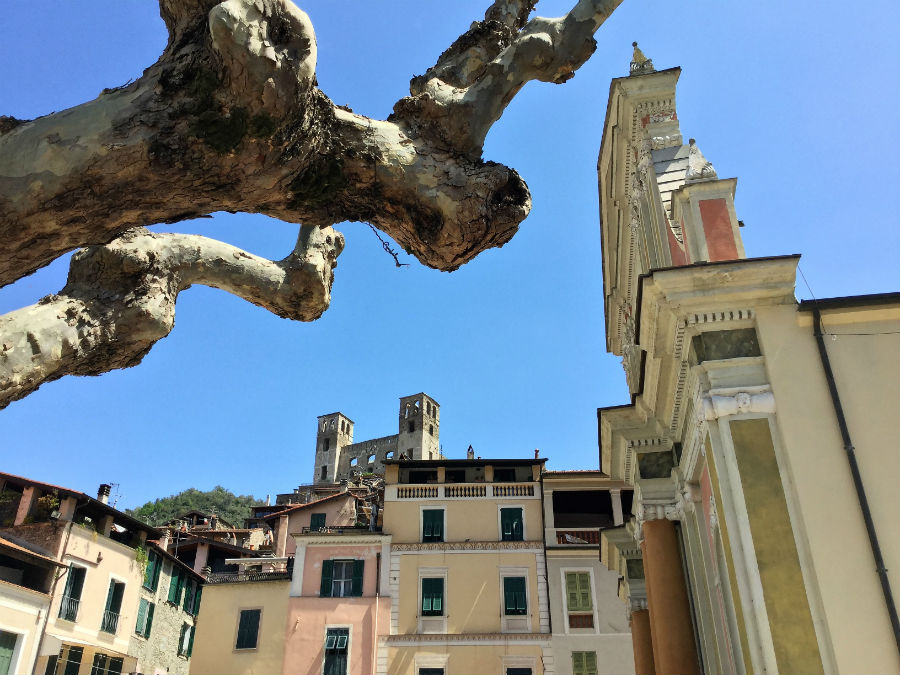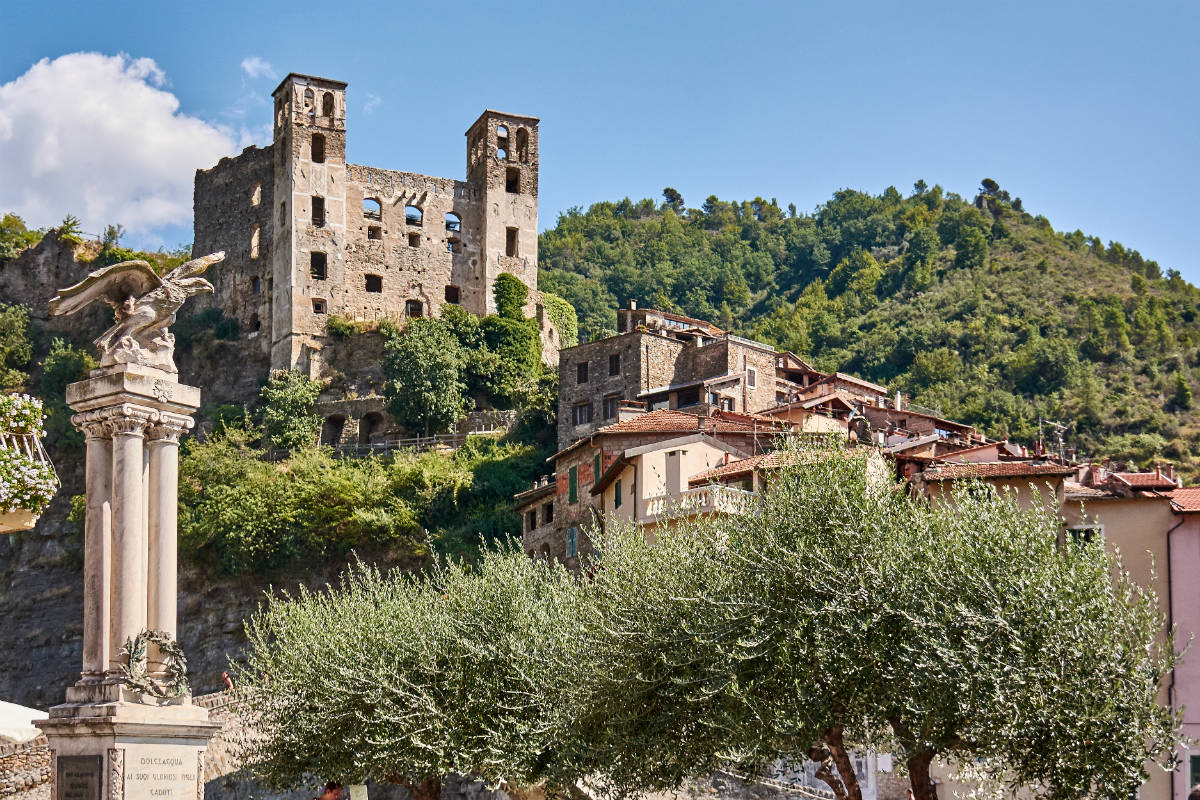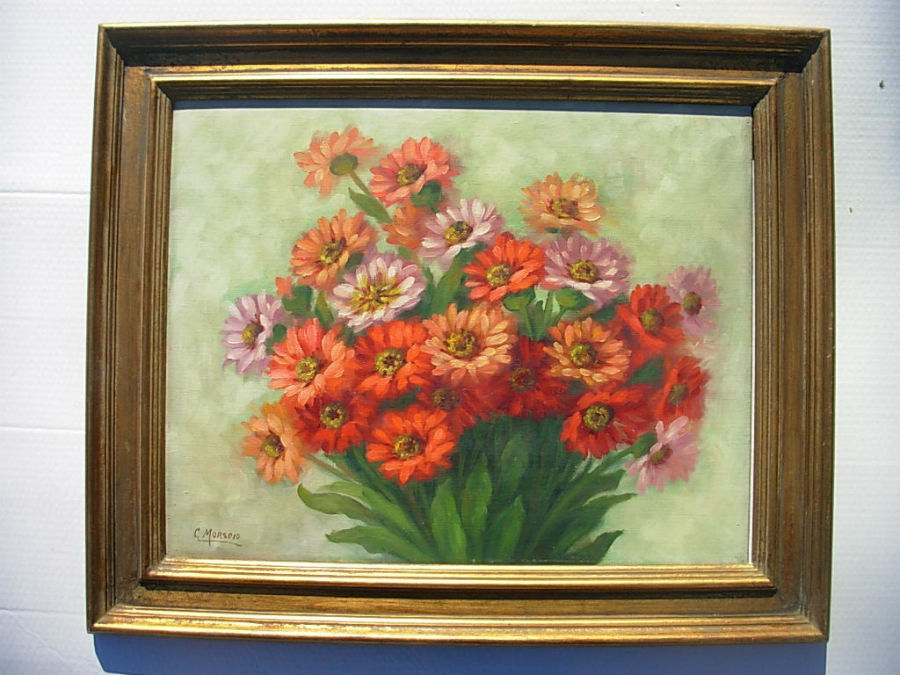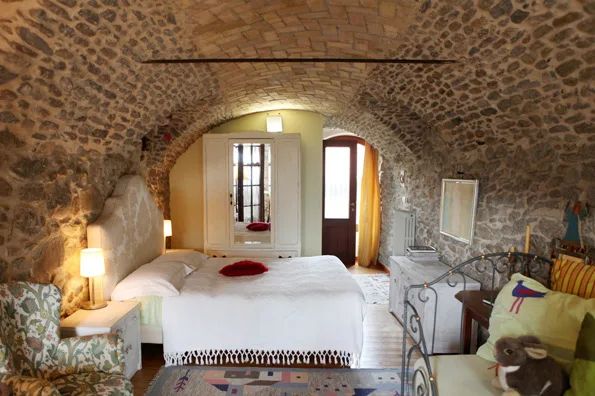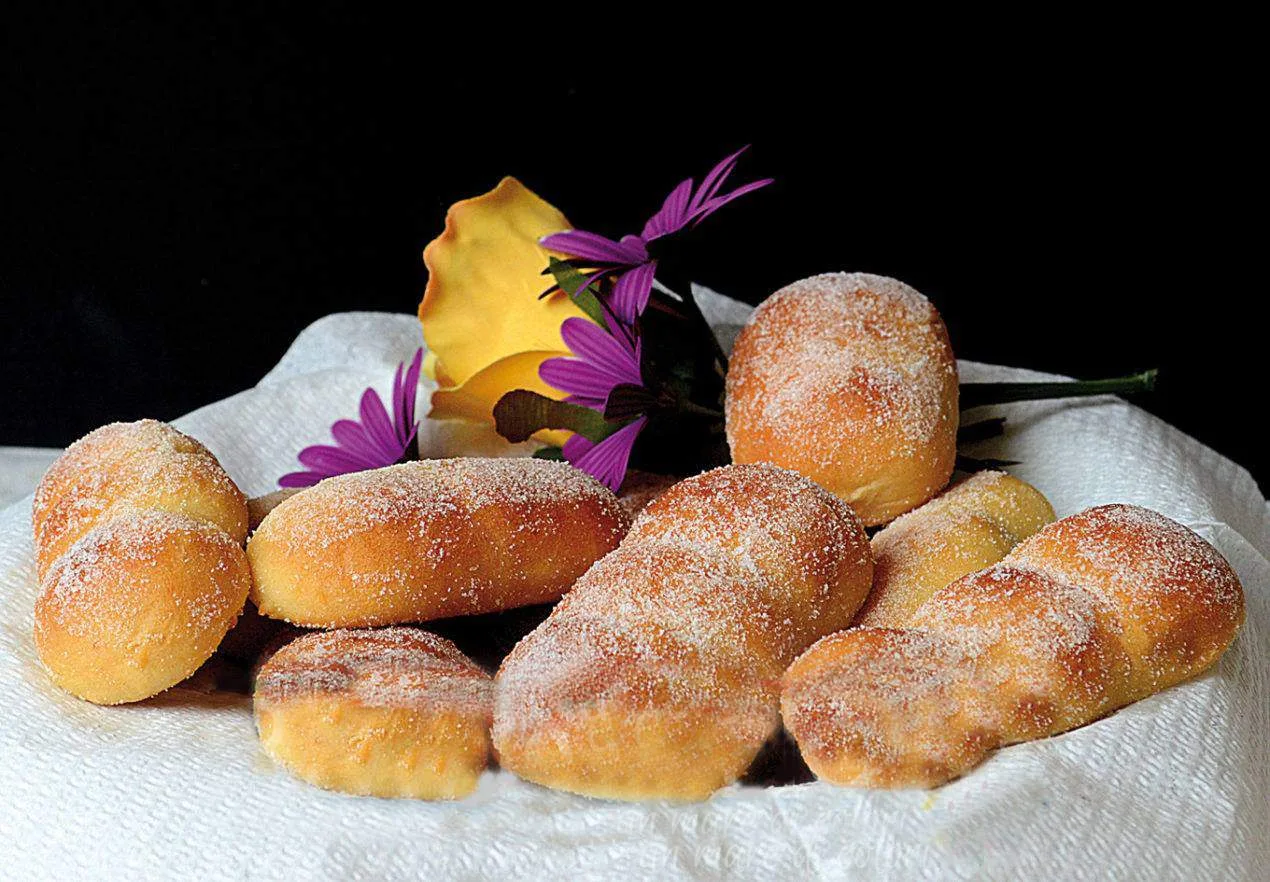Dolceacqua is a typical medieval village of Val Nervia, along the homonymous torrent. The oldest part of the village, located at the foot of Monte Rebuffao, is dominated by the Doria Castle and is called by the inhabitants Earth (Tera in local dialect).
The more modern, called Borgo, stretches on the opposite shore, at the sides of the road that climbs up the valley. II toponym Dolceacqua derives from the presence of a Roman town in called Dulcius, which became later in Dulciàca, Dusàiga and Dulcisaqua.
Other historical testimonies are represented by the archaeological finds of the castellari of the Iron Age, rozze fortifications in dry stone found on the tops of the aurin and Tramontina - in the area to the west of the surrounding territory to Dolceacqua - or even the presence of a tower in the area of the Alpicella east which would confirm the presidium in these areas of the Liguri Intemeli from IV century B.C. to the IV century in the Roman Age, a protection of the villages, pastures and fields. Were the counts of Ventimiglia in the XII century to build the first nucleus of the local castle - at this period is attested to the first official mention of the village in a document of 1151 - a garrison built at the top of the cliff that from the orographic left of the torrent Nervia it strategically controls still the bifurcation of the valley itself and the streets that there converge. Between 1270 and 1276 dates from the purchase of the village of Dolceacqua from part of the Doria family, village under the rocca who knew in the decades successive enlargements to concentric circles until the configuration currently visible. After a phase of fierce rivalry with the Grimaldi of Monaco in the sixteenth century, the feud doriesco dolceacquino underwent a period of good governance, of peace and prosperity.
Very good the cultivation of vine, from which they are obtained table wine as the Rossese di Dolceacqua higher or the Rossese di Dolceacqua. Between the gastronomic specialities of the territory of Dolceacqua The michette (sweet), fugasùn (a pizza with tomato sauce or herbs) and the cartelétu, forequarter filling of goat.


